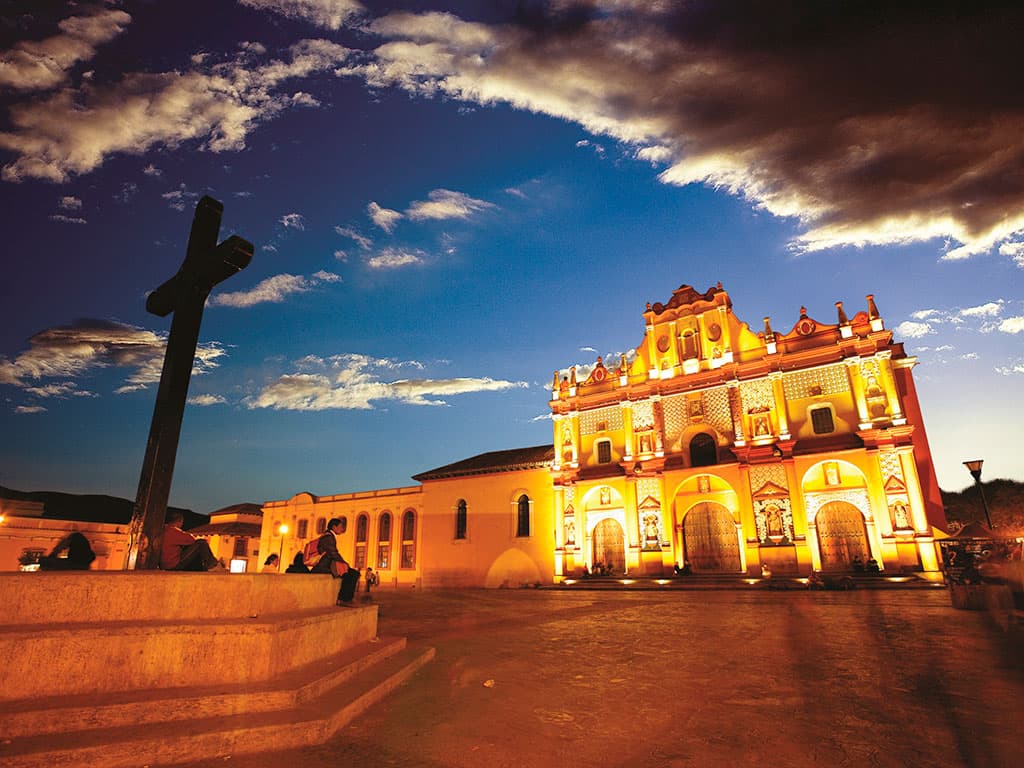Chiapas: A Melting Pot of Culture and Unique Traditions
Chiapas is one of the most diverse and culturally rich states in Mexico. It is the cradle of indigenous ethnicities. The state has beautiful pre-Hispanic cities such as Palenque and Bonampak, Yaxchilán and Toniná; with a sacred Mayan past.





